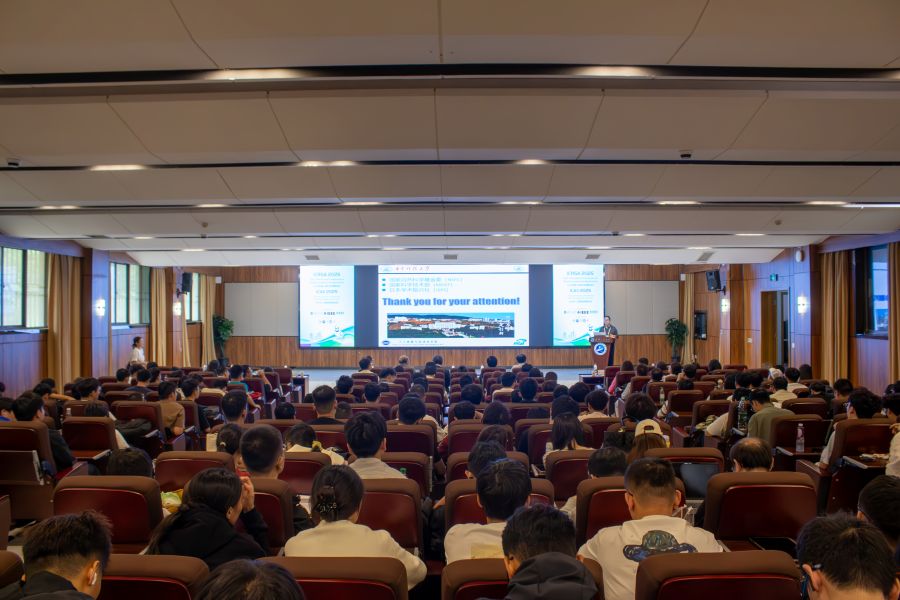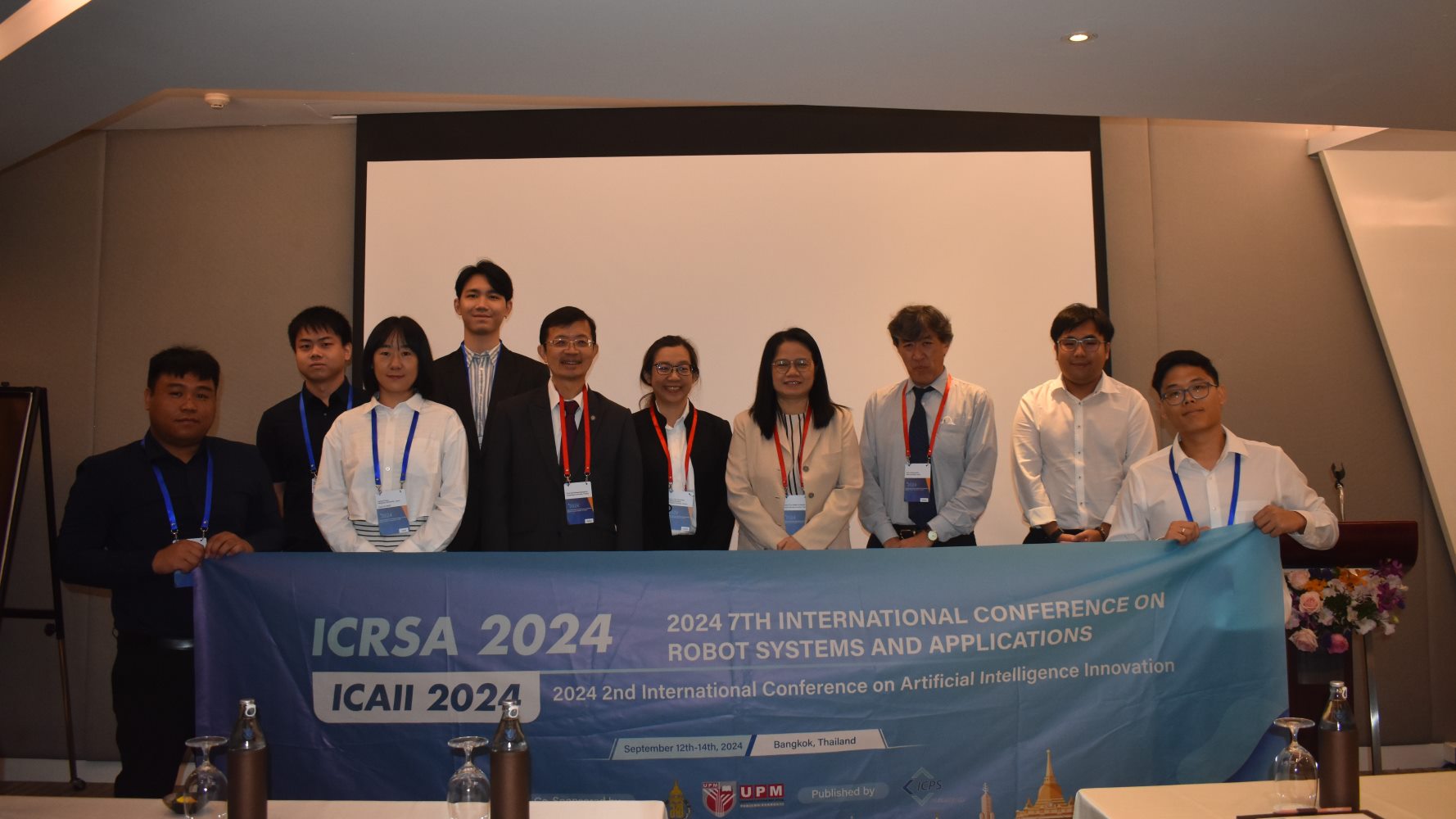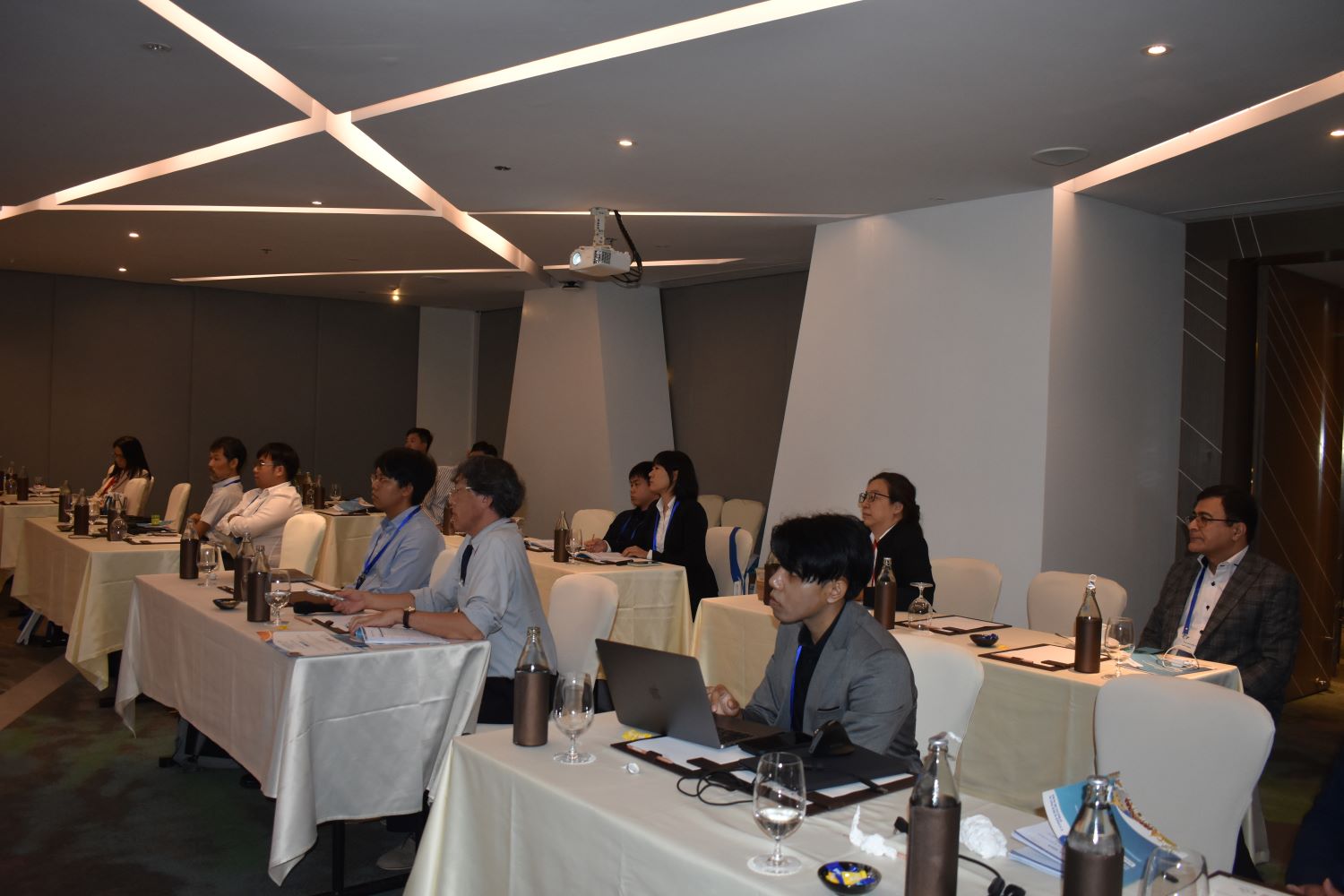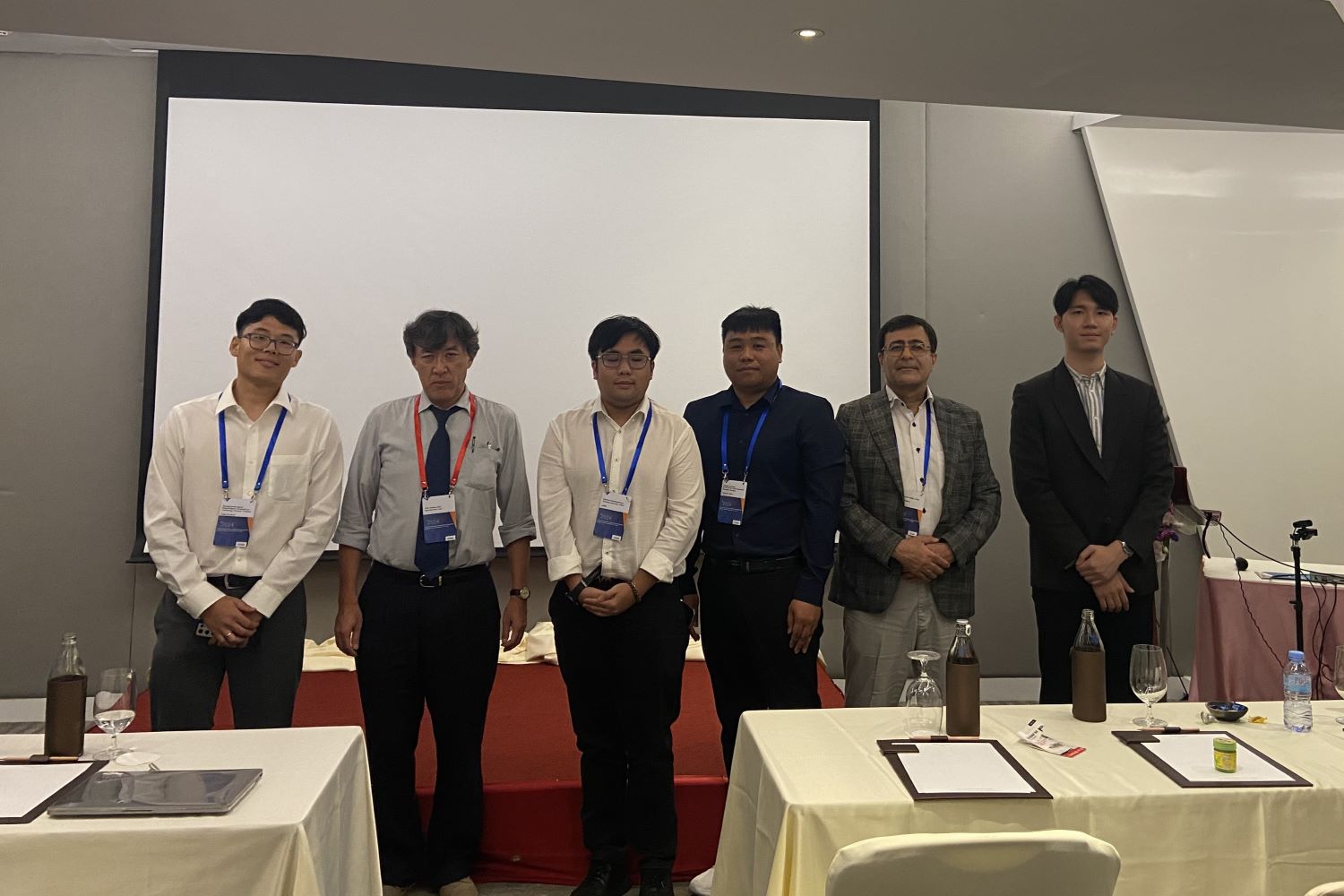ICAII 2025 | September 21-25, 2025 | Wuhan, China (More Information)
2025 3rd International Conference on Artificial Intelligence Innovation (ICAII 2025)



ICAII 2024 | September 12-14, 2024 | Bangkok, Thailand (More Information)
2024 2nd International Conference on Artificial Intelligence Innovation (ICAII 2024)


ICAII 2023 | September 22-24, 2023 | Wuhan, China (More Information)
2023 International Conference on Artificial Intelligence Innovation (ICAII 2023)
ICAII 2023 Conference Proceedings |
IEEE Xplore | Ei Compendex | Scopus



